Export Market of Fish and Processed Products: Trends and Prospects
By. Edi - 16 Jun 2025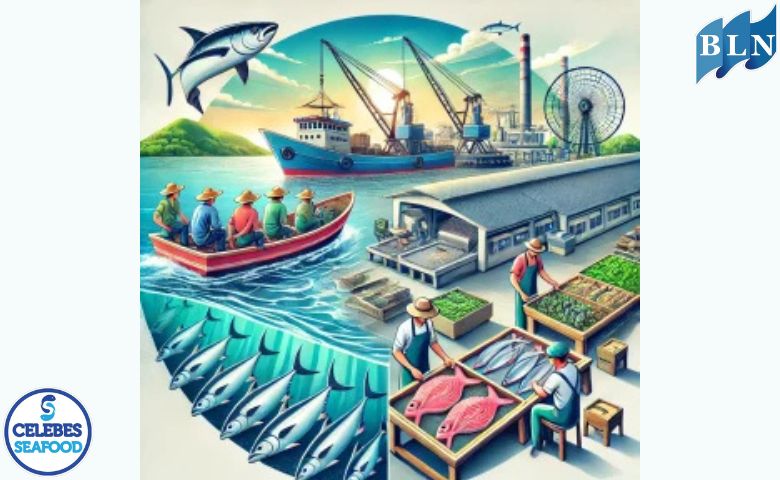
lautnusantara.com Indonesia’s fisheries industry has great potential in the global market, supported by abundant marine biodiversity. Export of fish and processed fishery products is one of the backbones of the national economy. However, this industry also faces various challenges and changing market dynamics. This article will review the current trends and future prospects of the export market of fish and processed products, especially from Indonesia’s perspective.
A. Fish and Processed Products Export Market Trends
1. Increasing Global Demand for Healthy Fish Products:
Global consumer awareness of the importance of a healthy diet is increasing. Fish and processed fish products, which are rich in protein, omega-3, and other essential nutrients, are becoming a favorite choice. This drives demand for various types of fish, both fresh, frozen, and processed.
2. Dominance of Processed Products:
The demand for processed fishery products, such as fish fillets, processed shrimp, surimi, and frozen seafood, shows an increasing trend. These processed products are more practical, have a longer shelf life, and meet international quality and food safety standards, making them easier to market overseas. Data shows that export demand for processed fish products has increased significantly.
3. Diversification of Destination Markets:
Although traditional markets such as Japan, the United States, and the European Union remain the main destinations, Indonesia has also begun to penetrate new markets. Countries in Asia (such as China, South Korea, Malaysia, Singapore, and Taiwan), the Middle East, and Africa have shown greater interest in Indonesian fishery products. This opens up opportunities for market diversification to reduce dependence on just a few countries.
4. Leading Indonesian Export Commodities:
Some of the main fishery commodities that are the mainstay of Indonesian exports include:
- Shrimp: The contribution of shrimp to total fishery exports is very large, reaching around 35%.
- Tuna, Skipjack, and Mackerel: These three types of fish contribute around 15% of Indonesia's fishery exports. Yellowfin tuna, bigeye tuna, and albacore are in high demand in the export market.
- Squid, Cuttlefish, and Octopus: This group of cephalopods also has a significant market share (around 11%).
- Crab and Swimming Crab: Contribute around 8% of total exports.
- Seaweed: Indonesia is one of the largest seaweed producers, but most of it is still exported in raw form.
- Tilapia: The demand for tilapia, both fresh and processed (frozen fillets, nuggets, sausages), also shows great market potential in Asia Pacific, Europe, North America, and the Middle East.
5. Market Challenges and Fluctuations:
Despite the positive trend, the fisheries export market is also marked by challenges. The decline in export volume in recent years (for example, in 2021-2023 for several commodities) shows fluctuations influenced by various external factors, such as price fluctuations, distribution disruptions, and tight global competition from countries such as India, Vietnam, and Thailand. In addition, non-tariff barriers in the form of quality standards, food safety, and sustainability from importing countries are also challenges.
B. Future Prospects
The export market prospects for Indonesian fish and processed products are believed to remain bright with significant growth potential, especially if supported by the right strategy:
1. Increasing Added Value Through Processed Products:
Development of processed fishery products with high added value will be key. Innovation in processing, such as ready-to-eat products, functional products, and diversification of processed forms, will increase competitiveness in the international market.
2. Increasing Food Quality and Safety Standards:
Meeting international food quality and safety standards (such as HACCP, GMP, or sustainability certification such as MSC) is crucial. This will open the door to premium markets and increase global consumer confidence.
3. Strengthening Infrastructure and Logistics:
Improving port infrastructure, processing facilities, and the national fish logistics system (SLIN) will accelerate the export process, reduce costs, and maintain product quality during the journey.
4. Market Diversification and Aggressive Promotion:
Continue to identify and develop new markets, and carry out more aggressive promotions to introduce the advantages of Indonesian fishery products. Strengthening the branding of Indonesian fishery products as high-quality products is very important.
5. Application of Technology and Sustainability:
Adoption of modern technology in fish farming, catching, and processing will increase efficiency and productivity. In addition, sustainable fisheries practices are becoming increasingly important to ensure the availability of fish resources in the future and meet the demands of an environmentally conscious global market. Handling illegal fishing and overfishing is also crucial to maintaining the sustainability of fish stocks.
6. Increasing Human Resources Capacity and Partnerships:
Through training and counseling for fishermen and fisheries business actors, as well as establishing strong partnerships between the government, business actors, and academics, will strengthen the competitiveness of the industry.
7. Adaptation to International Regulations:
Accelerate the implementation of cooperation and harmonization of quality with partner countries, especially related to non-tariff barriers and regulations that continue to develop in the global market.
Latest Data (as of April 2025):
Based on data from the Central Statistics Agency (BPS) as of April 2025, the commodity "Fish, crustaceans, and molluscs" (HS 03) recorded an export value of USD 307,931,800.155 with a weight of 62,801,065.649 Kg. Meanwhile, "Processed products from meat, fish, crustaceans, and molluscs" (HS 16) were exported with a value of USD 93,674,416.392 and a weight of 13,536,094.474 Kg. This figure shows that processed fishery products have a higher value per kilogram than fresh products, underlining the importance of focusing on increasing added value.
Overall, despite the challenges, the Indonesian fisheries industry has very promising prospects in the export market. With a comprehensive strategy, starting from improving the quality and added value of products, strengthening infrastructure, diversifying markets, to implementing sustainability principles, Indonesia can continue to strengthen its position as one of the main players in the global fish and processed product trade.
If you are interested in our Coral Trout Fillet Skin On, CORAL TROUT WGG WHOLE GILLED GUTTED, TOMATO COD WHOLE GILLED GUTTED please do not hesitate to contact us through email and/or whatsapp.
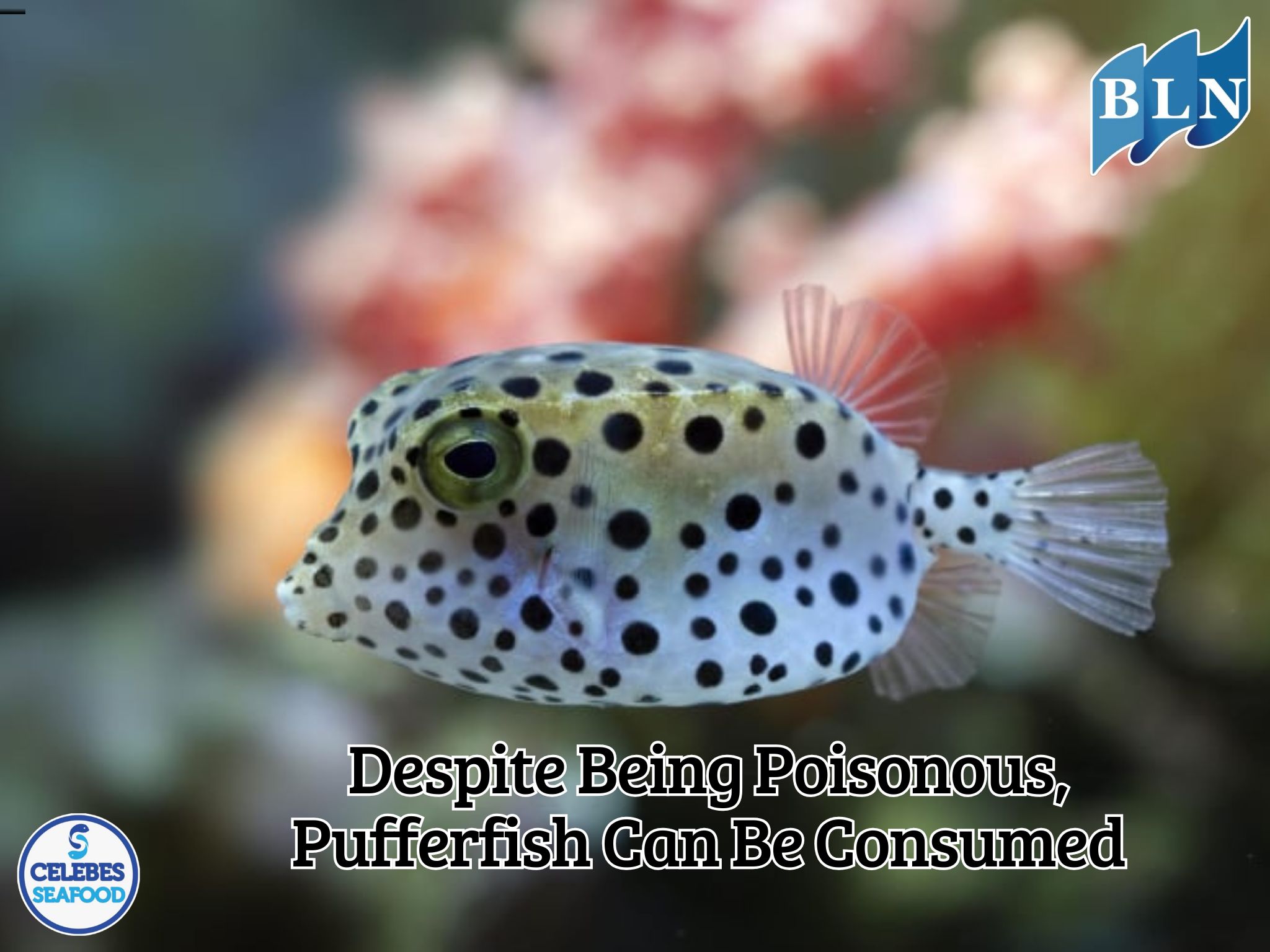
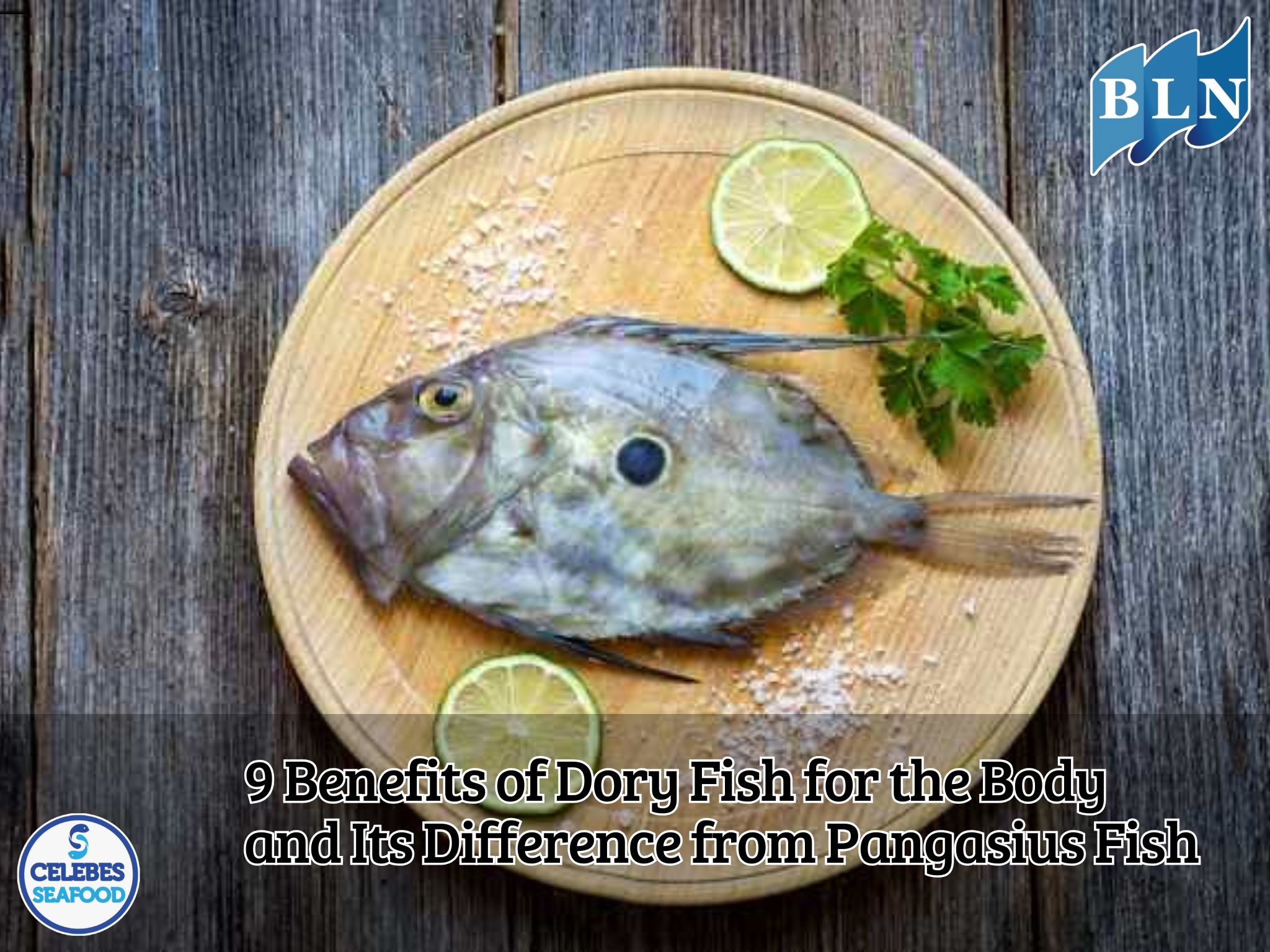

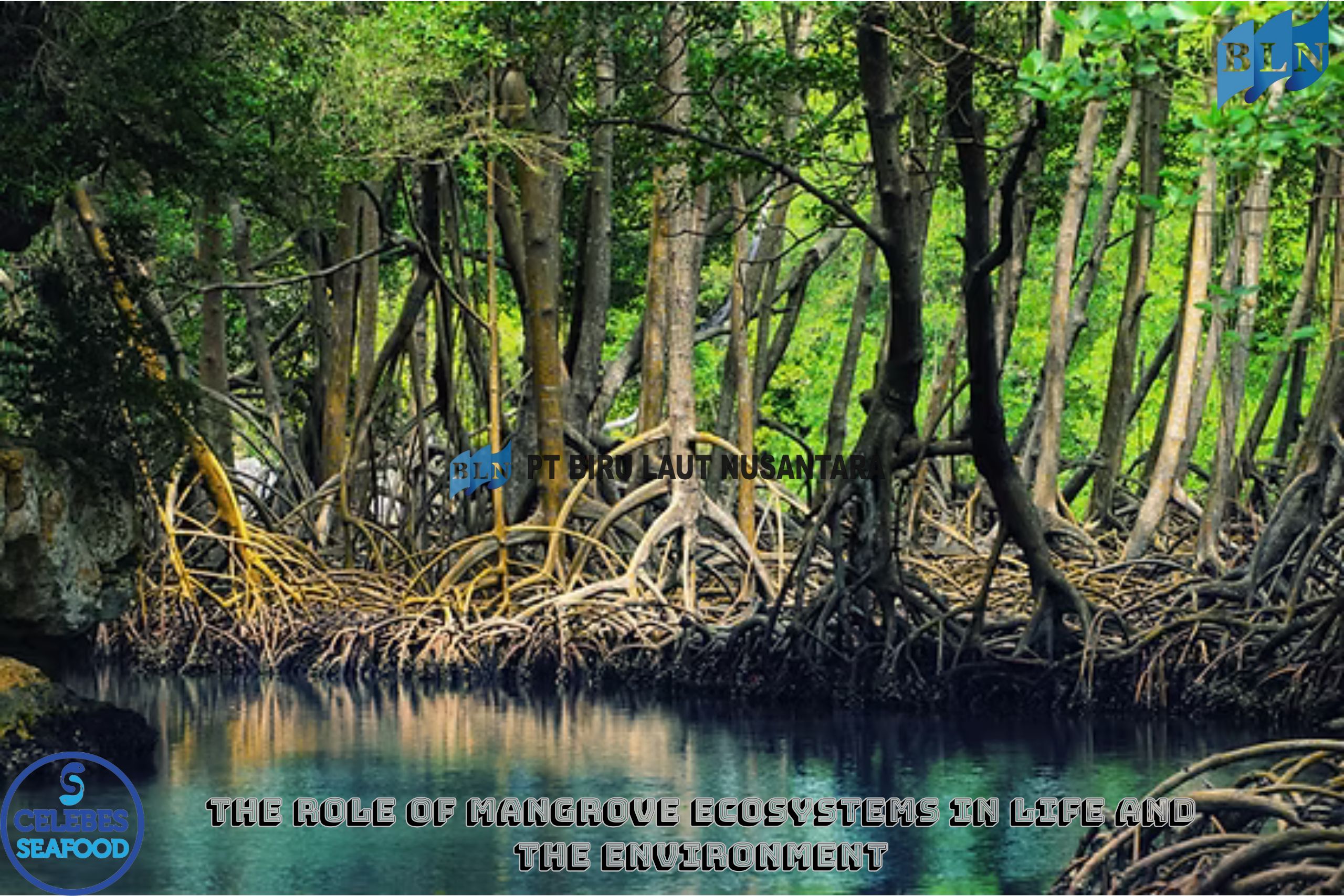
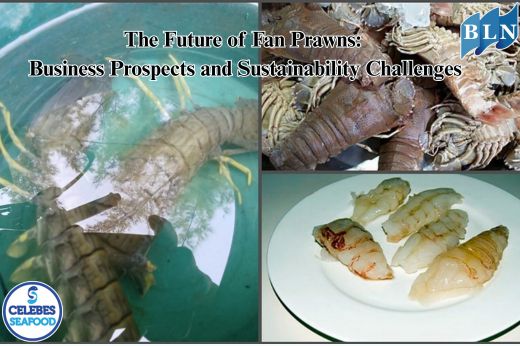
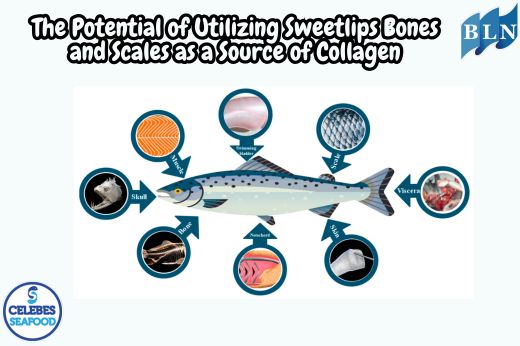

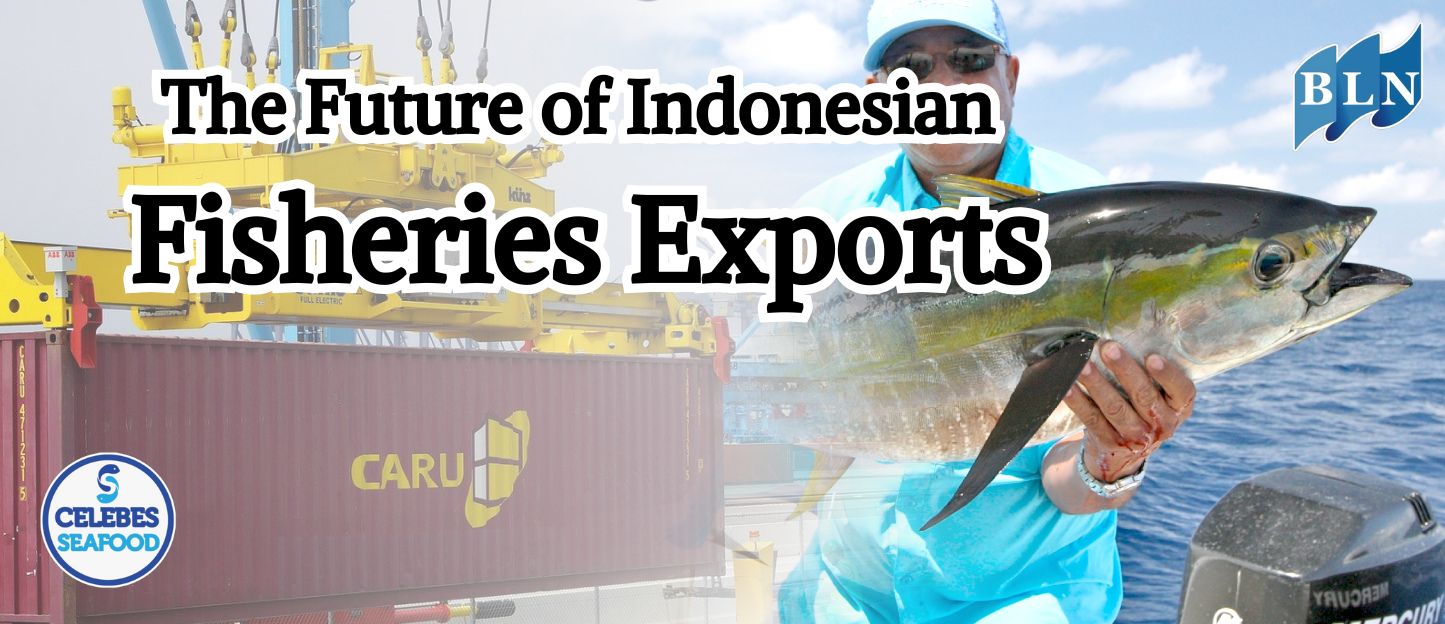
.jpg)